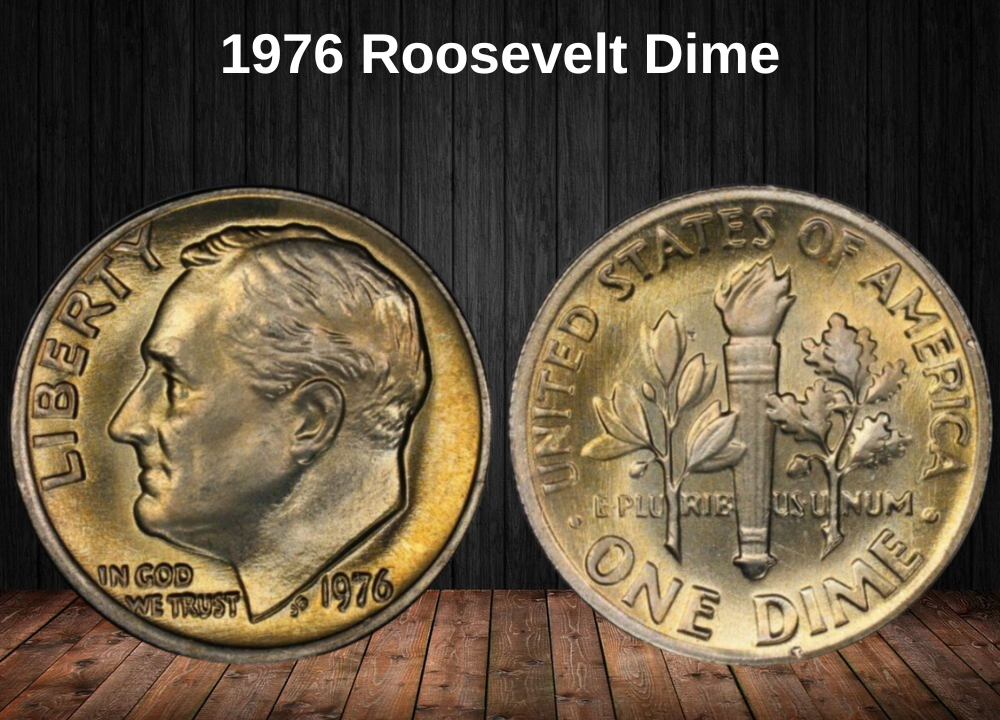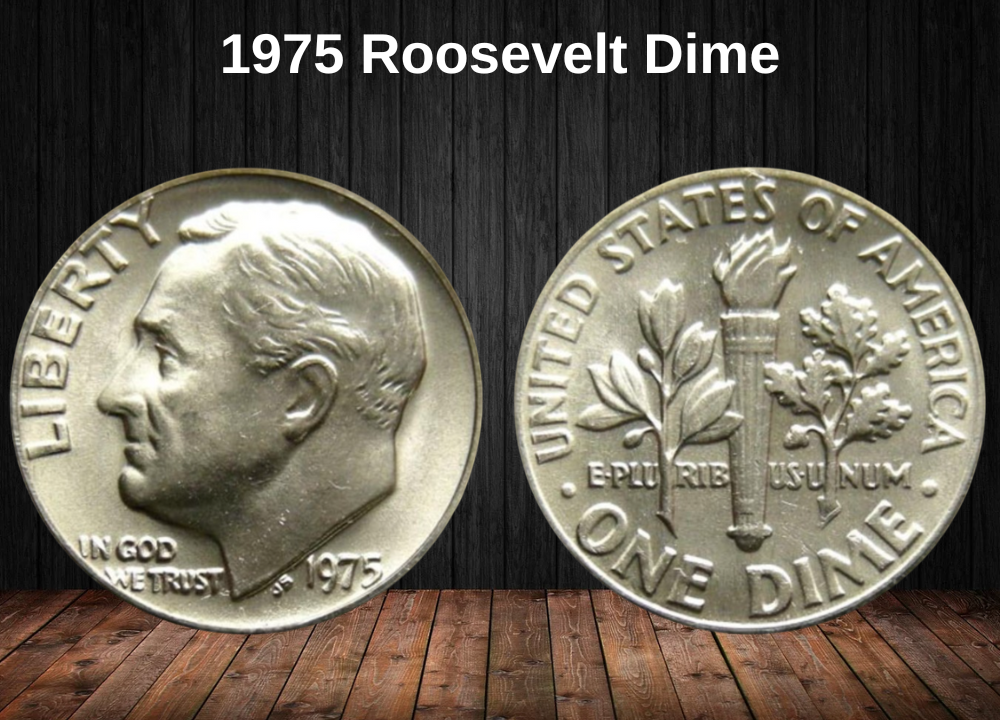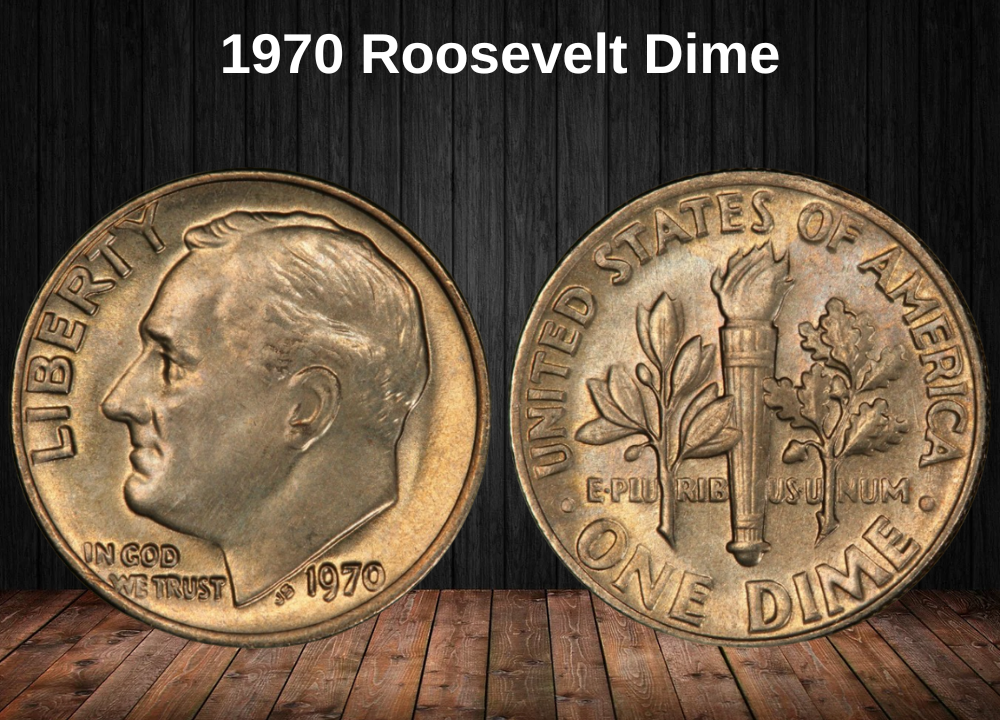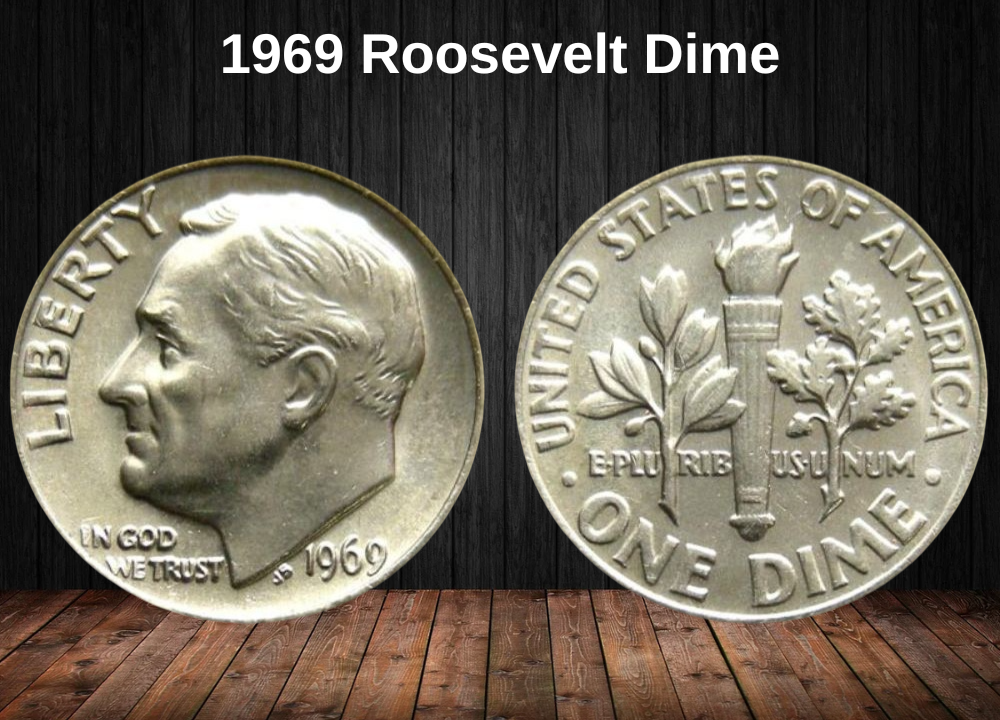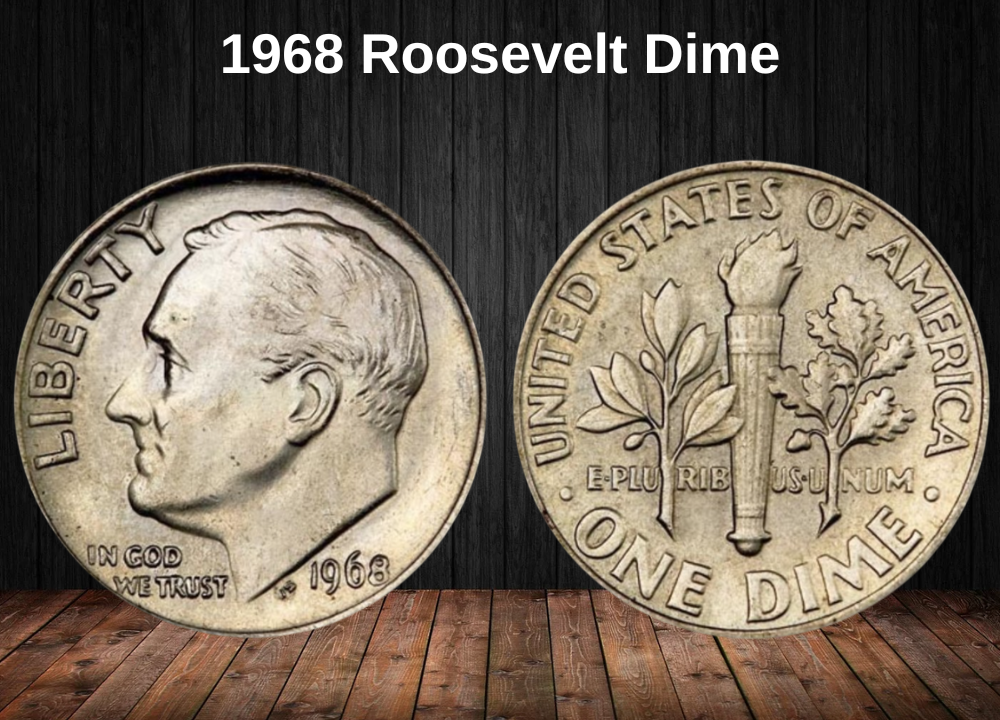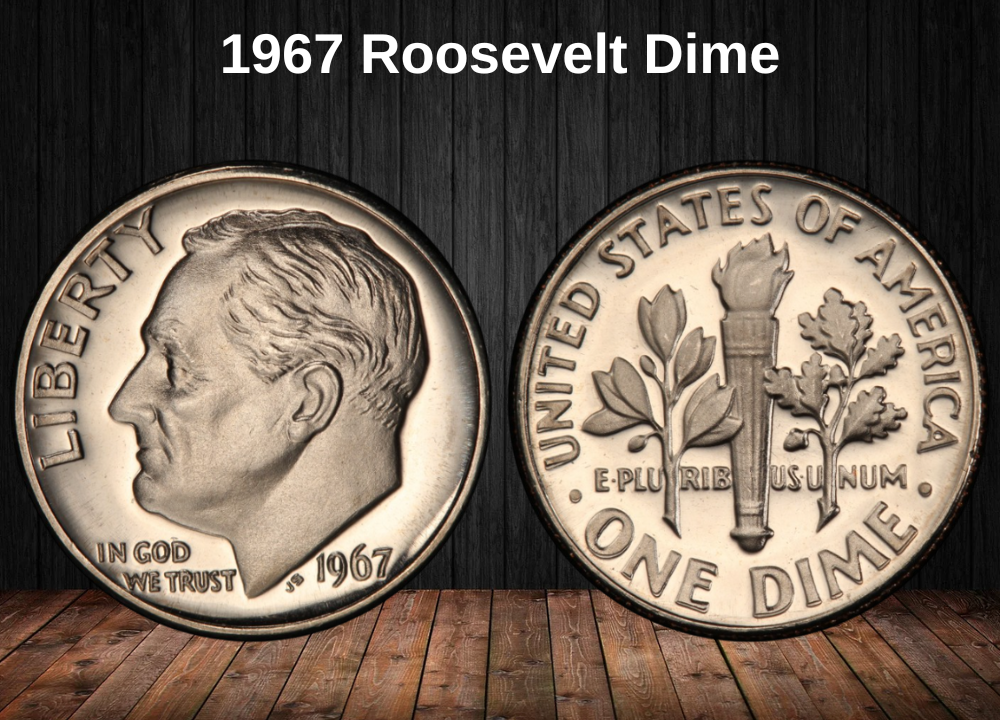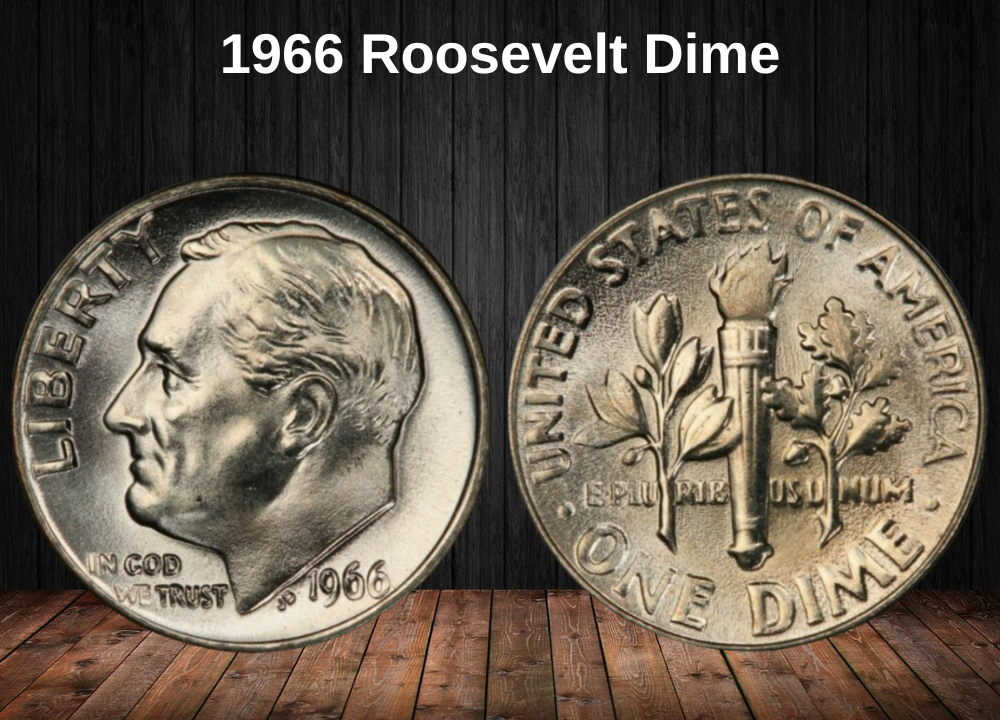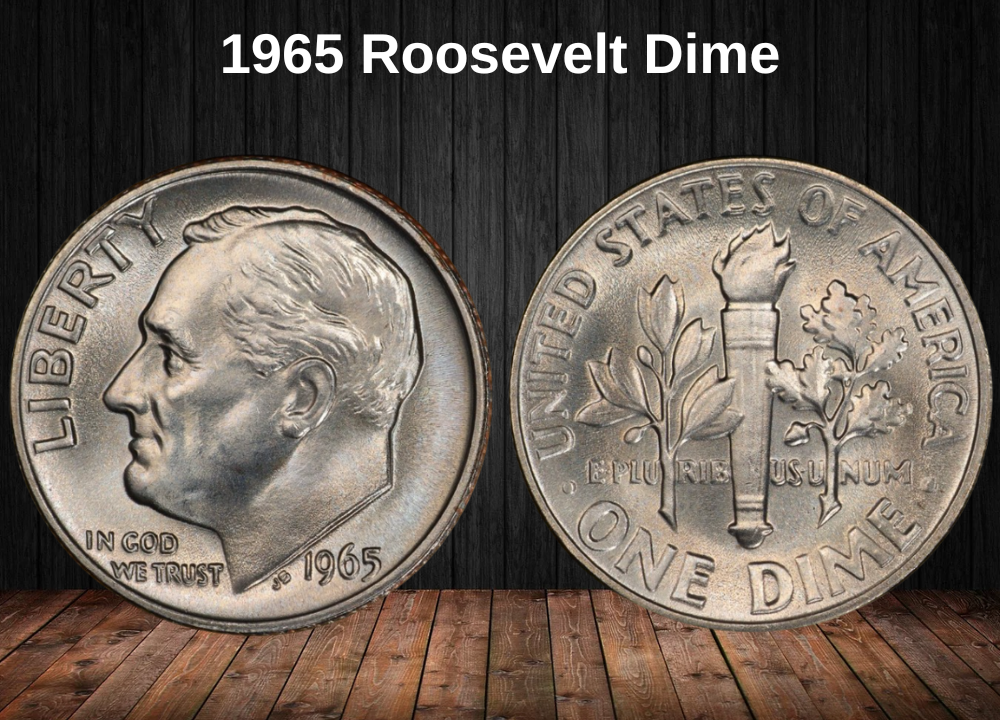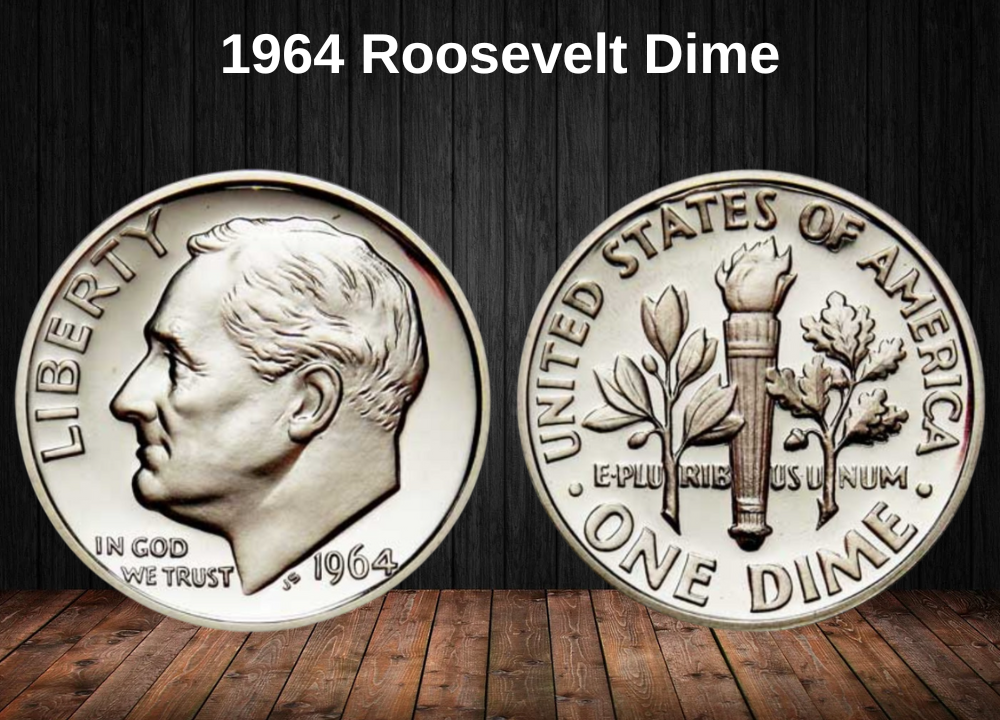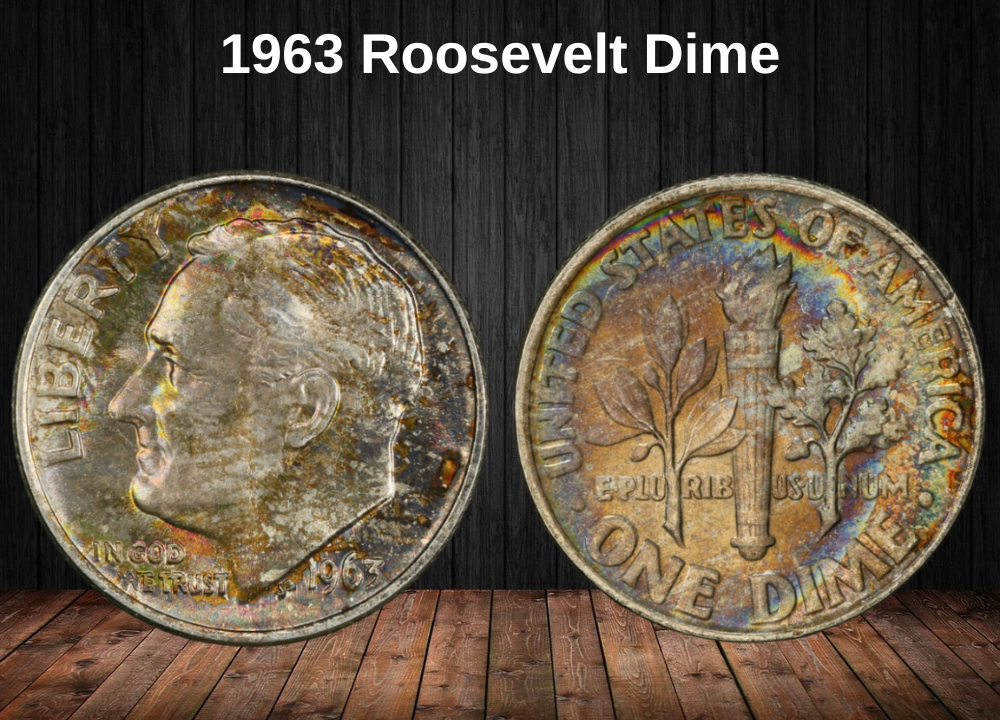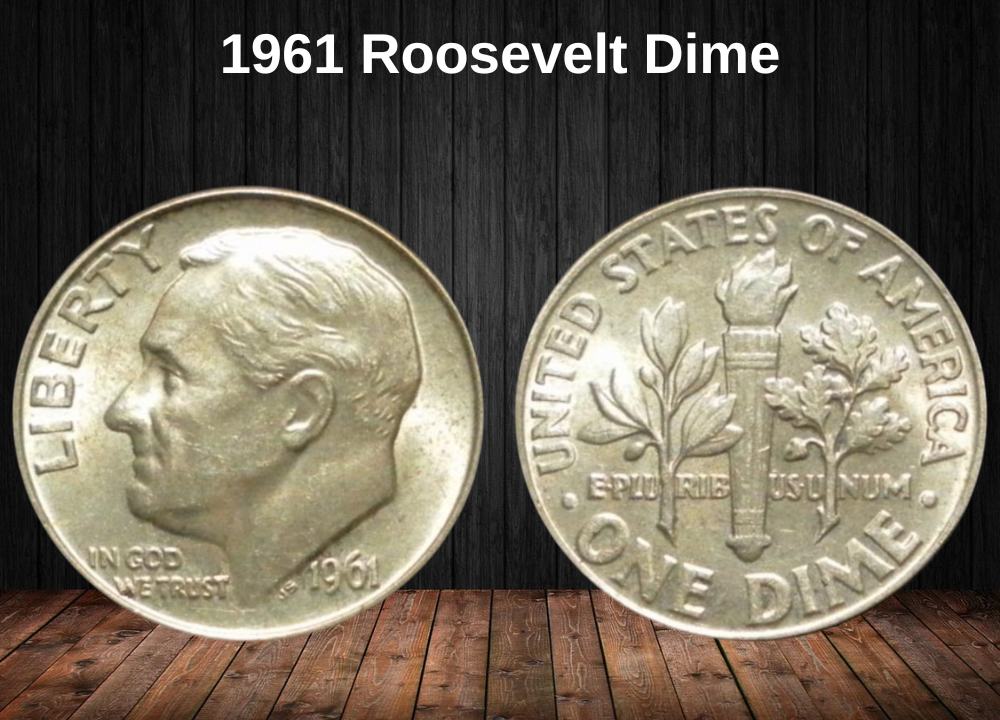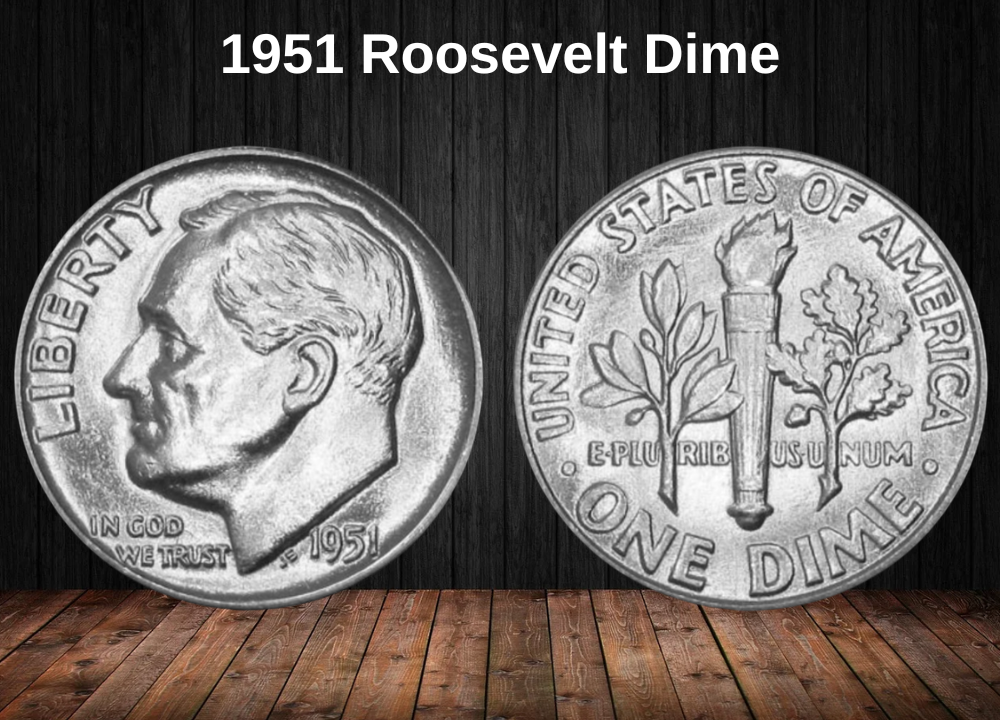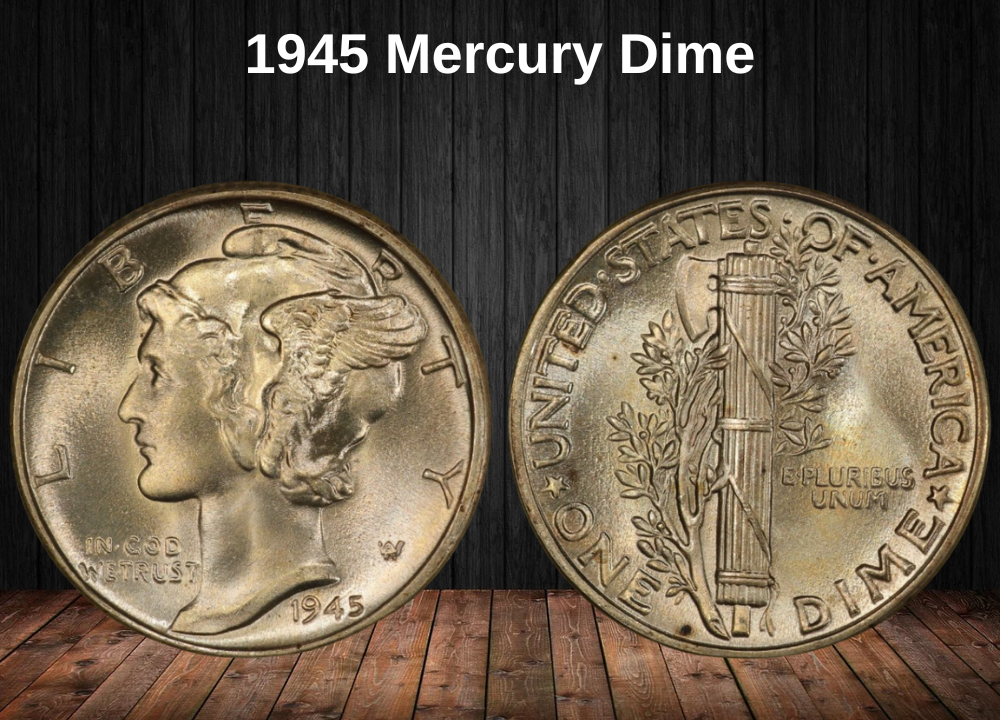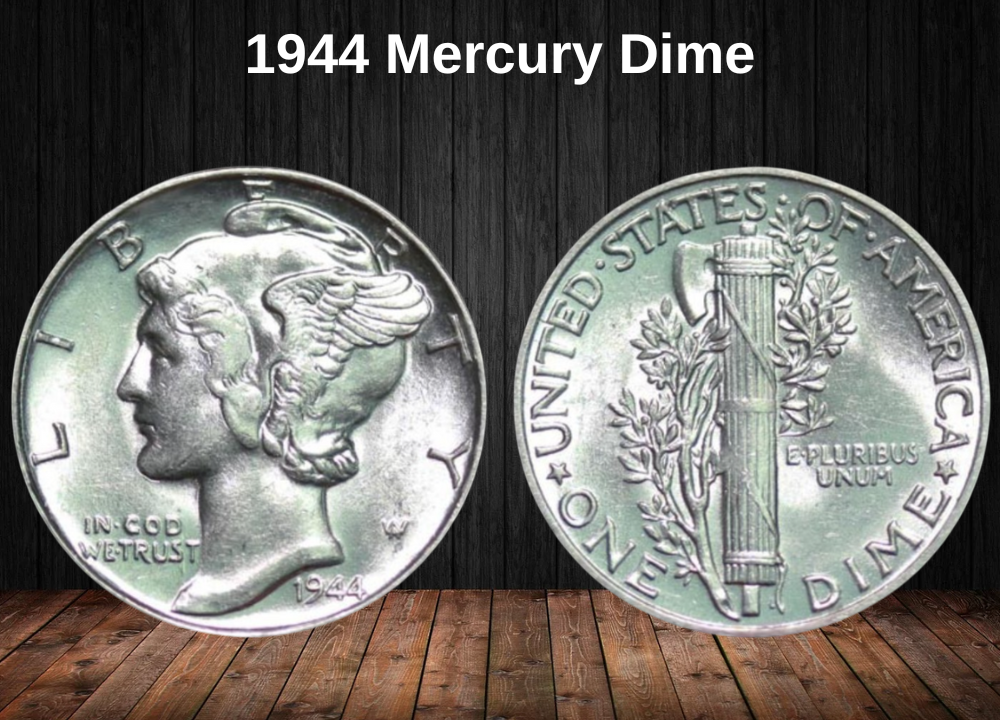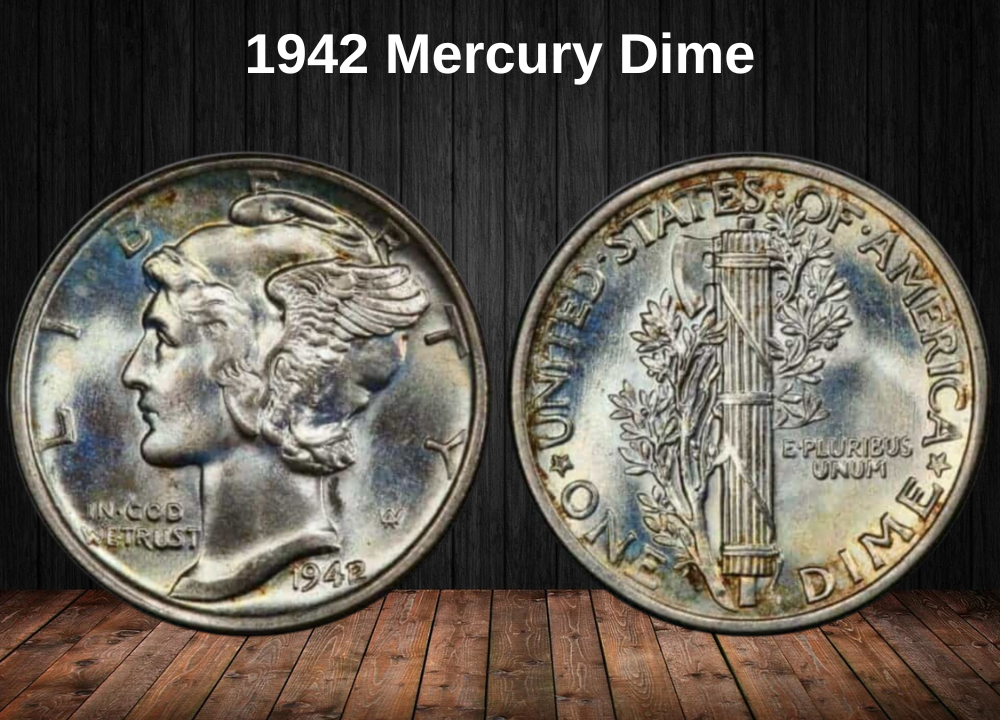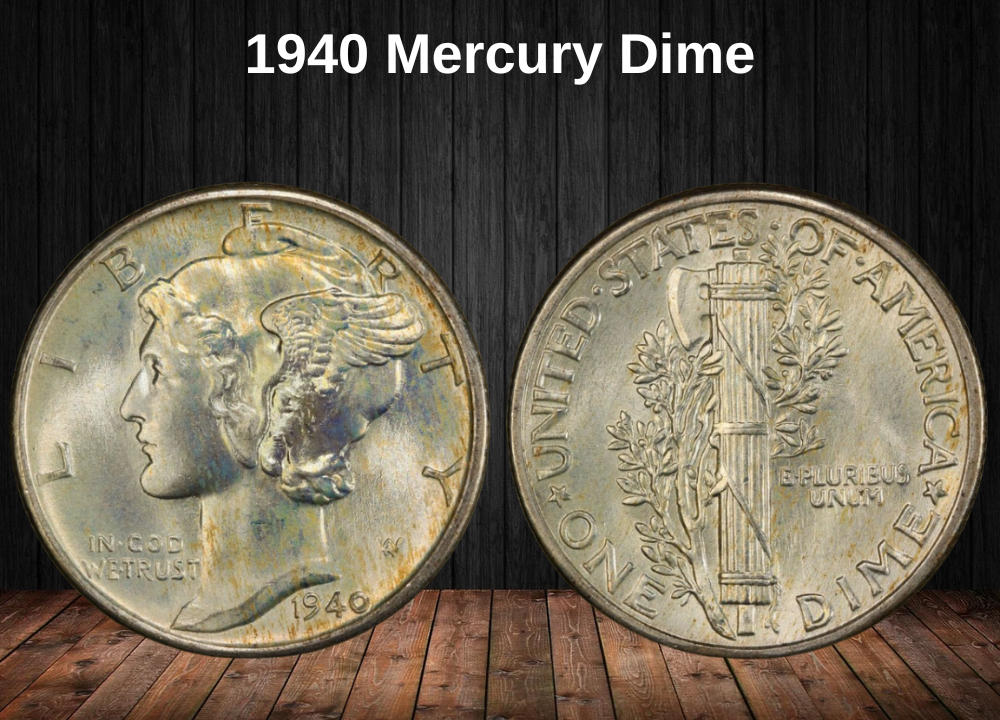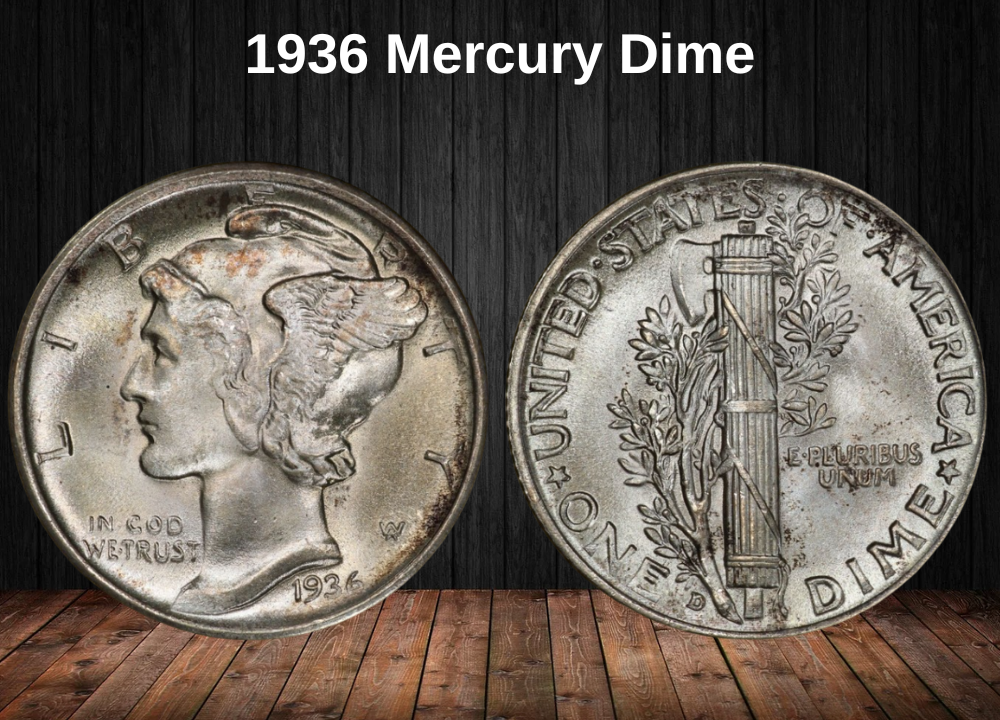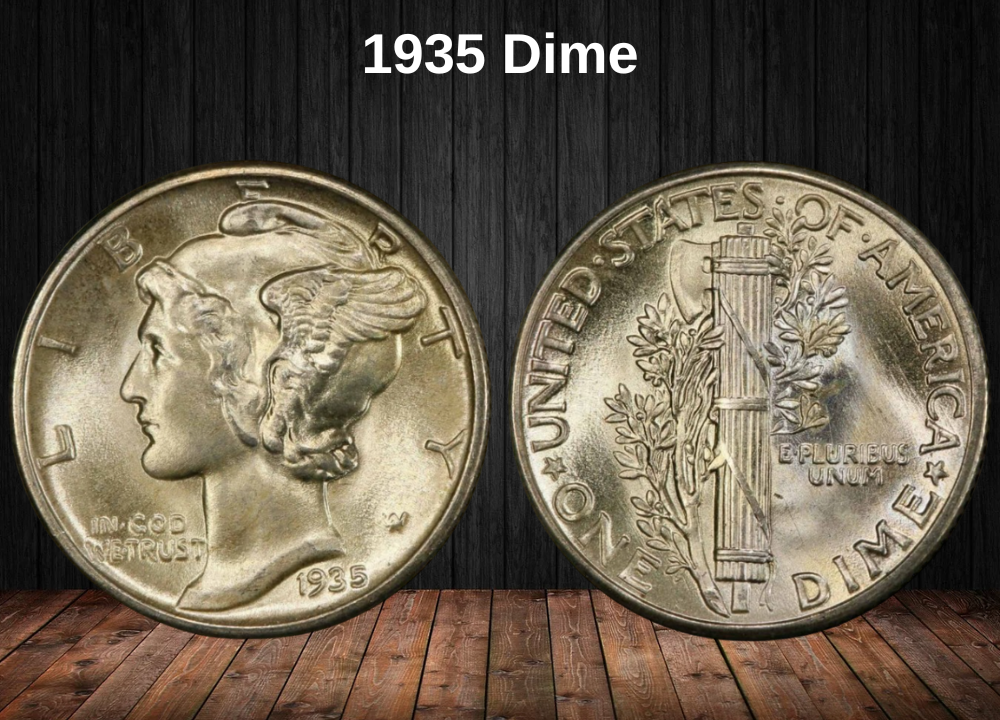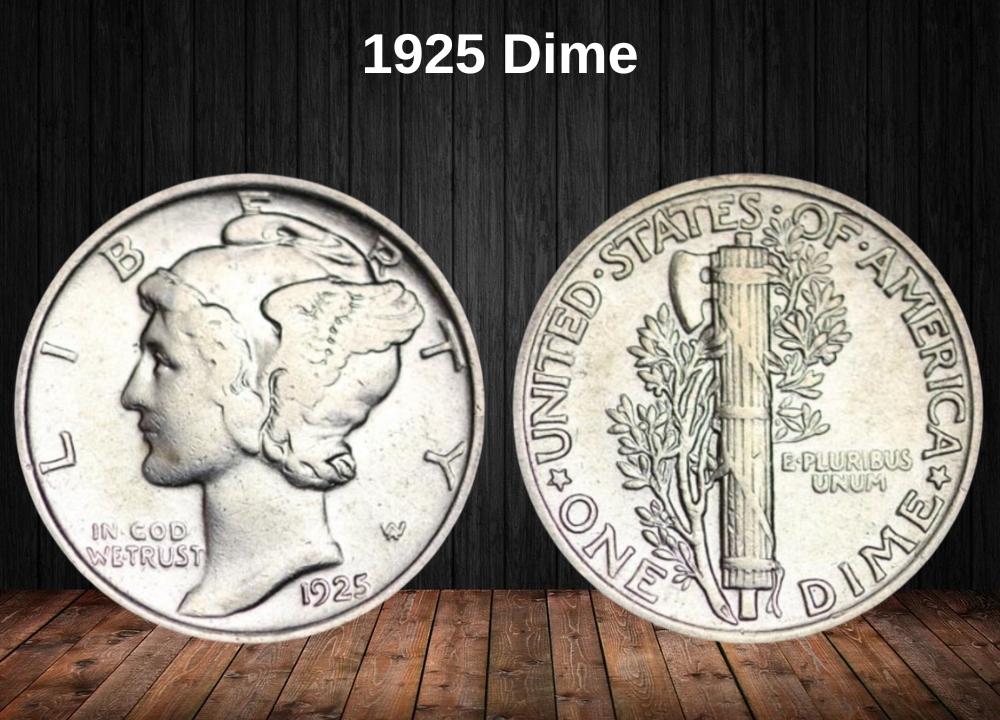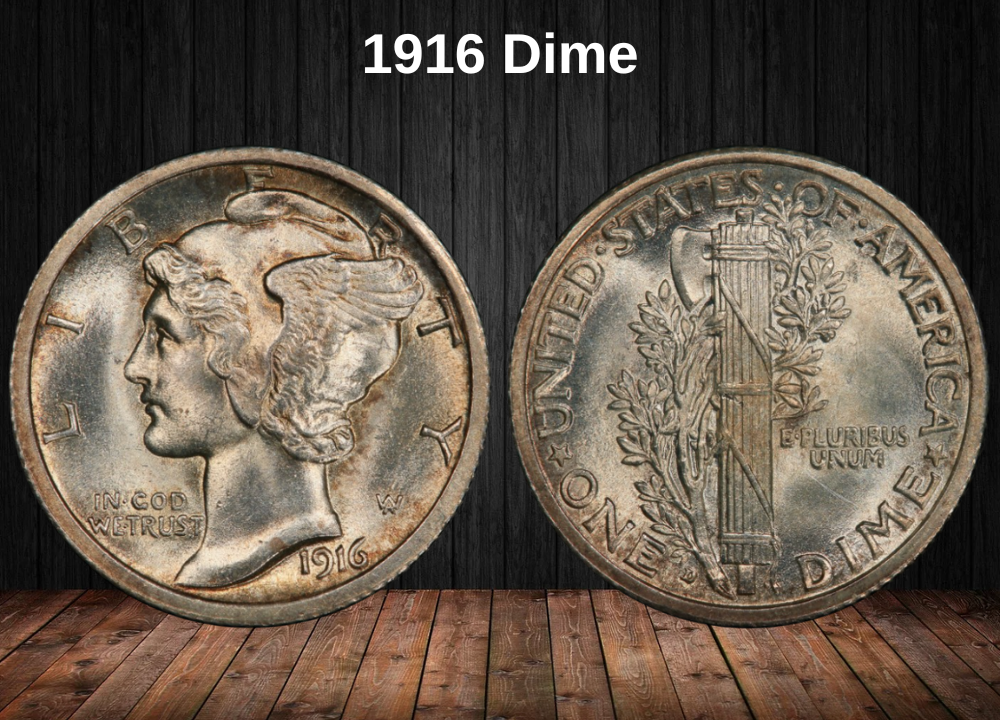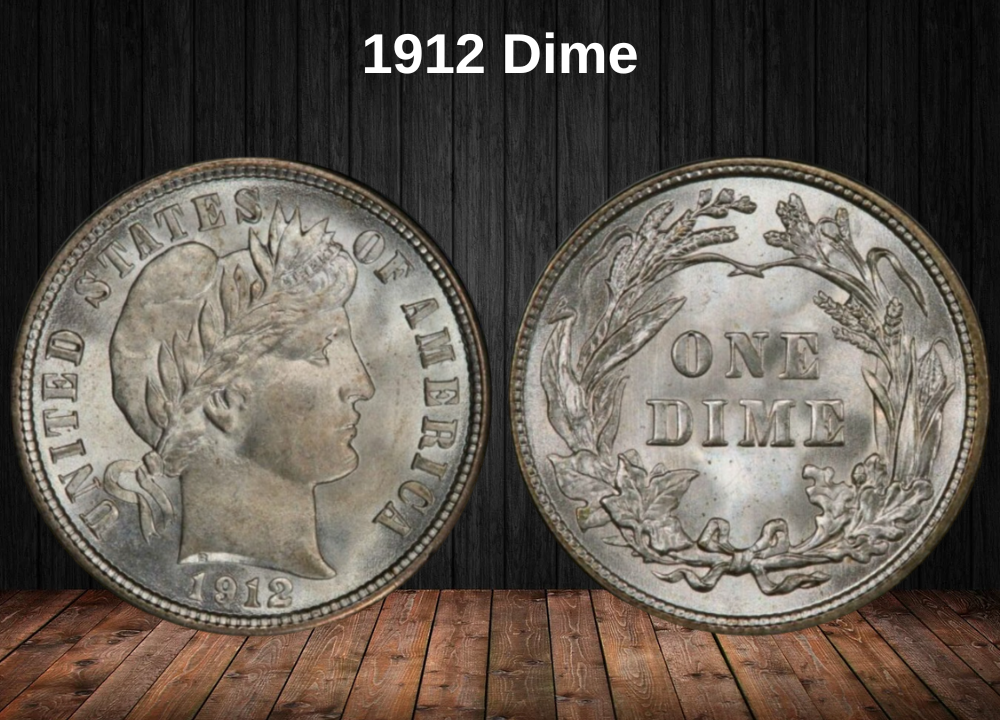Do you have a 1937 Mercury Dime and want to know how much it’s worth? While its face value is just 10 cents, certain 1937 dimes can sell for much more due to their silver content, condition, mint mark, and even minting errors.
This guide explains the value of 1937 dimes across different grades, the key features that make some examples highly collectible, and a look into the history behind this classic American coin.
1937 Dime Value Chart
| Mint Mark | Very Good (VG8) | Extra Fine (EF40) | About Uncirculated (AU50) | Uncirculated (MS60) | Gem Uncirculated (MS65) |
|---|---|---|---|---|---|
| 1937 No Mint Mark (Philadelphia) | $4 | $5 | $6 | $12 | $53 |
| 1937 D (Denver) | $4 | $10 | $13 | $30 | $55 |
| 1937 S (San Francisco) | $4 | $16 | $20 | $30 | $115 |
Key takeaway: Even circulated 1937 dimes are worth more than face value, but in higher grades (especially MS65+ with Full Bands), they can fetch hundreds or even thousands of dollars at auction.
History of the 1937 Mercury Dime

The 1937 Mercury Dime belongs to the Winged Liberty Head Dime series (1916–1945), designed by Adolph A. Weinman. It replaced the Barber Dime after 25 years in circulation.
The obverse features Lady Liberty with a winged Phrygian cap, symbolizing freedom of thought. The resemblance to the Roman god Mercury gave the coin its popular nickname: “Mercury Dime.”
The reverse depicts a fasces bound by straps with an olive branch, representing America’s balance of strength and peace during the interwar years.
Fun fact:
Weinman expected to collaborate with Charles Barber, the U.S. Mint’s Chief Engraver, to refine the design. However, Barber’s retirement meant Weinman worked on it independently—bringing his own sculptural style to one of the most artistic coins in American numismatics.
Features of the 1937 Mercury Dime
The 1937 Mercury Dime, officially called the Winged Liberty Head Dime, was designed by Adolph A. Weinman, one of the most influential sculptors in early 20th-century American coinage. First introduced in 1916 to replace the Barber Dime, the Mercury Dime series continued until 1945 and is considered one of the most artistic and enduring designs of the U.S. Mint.
Obverse of the 1937 Dime
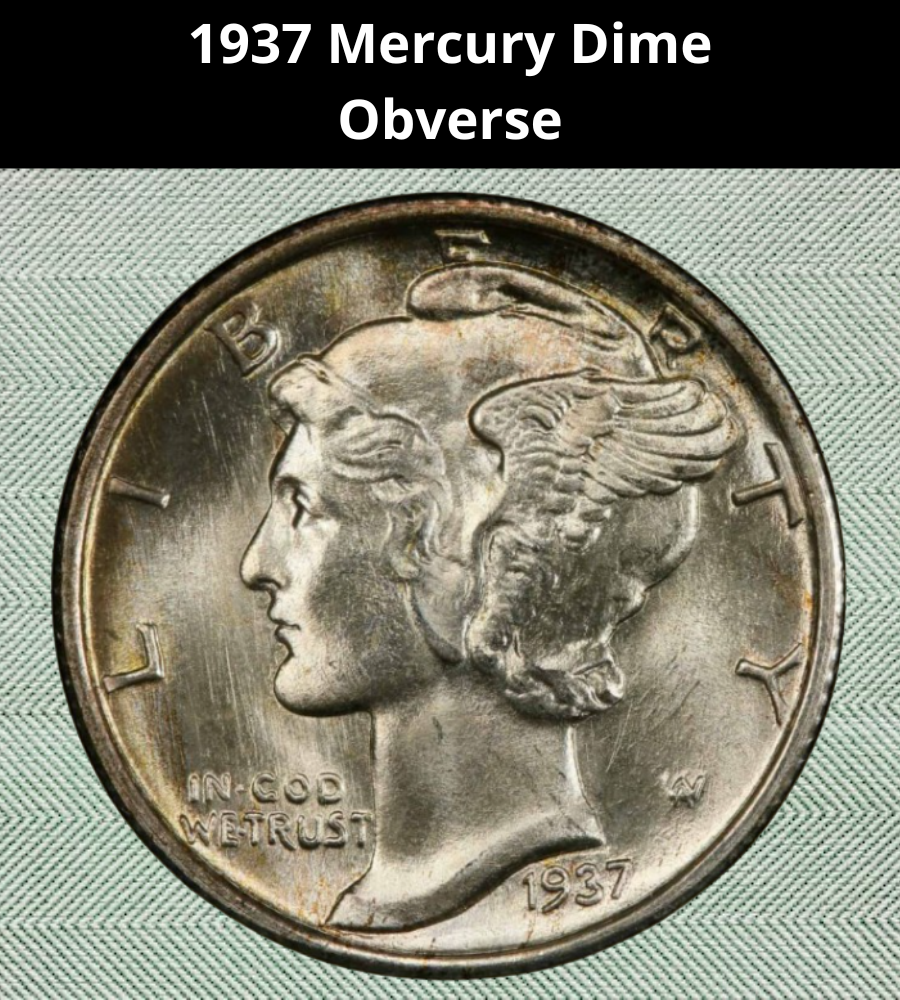
The obverse features Lady Liberty facing left, adorned with a winged Phrygian cap that symbolizes freedom of thought. Its resemblance to the Roman god Mercury quickly gave the coin its popular nickname: “Mercury Dime.”
The inscriptions on the obverse include:
- LIBERTY across the upper rim
- IN GOD WE TRUST at the left of Liberty’s neck
- The date 1937 at the lower right
- The designer’s initials AW near Liberty’s neckline
Reverse of the 1937 Dime
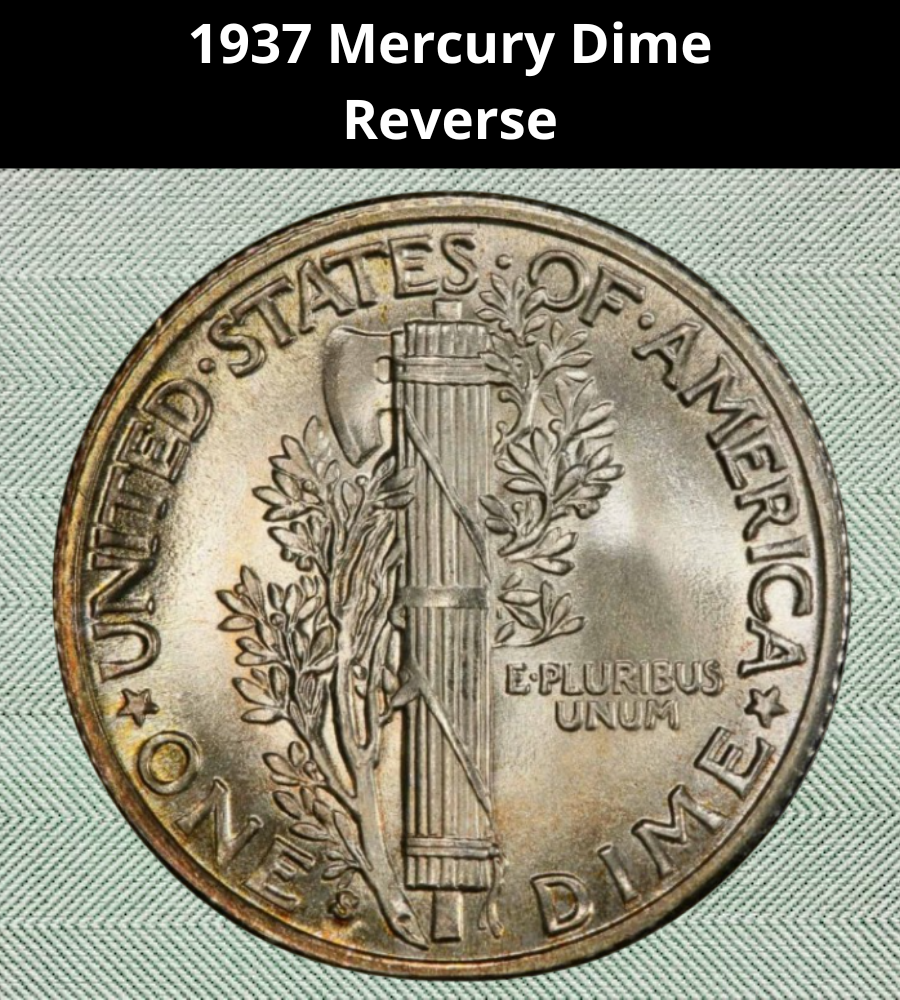
The reverse shows a fasces, a bundle of rods tied together with an axe, representing unity and strength. Alongside it is an olive branch, symbolizing peace. This dual imagery reflected America’s balance of power and harmony during the late 1930s.
The inscriptions on the reverse include:
- UNITED STATES OF AMERICA around the upper rim
- E PLURIBUS UNUM to the right of the fasces
- ONE DIME at the bottom
- The mint mark (D for Denver, S for San Francisco, or blank for Philadelphia) placed to the right of the “E” in ONE
1937 Dime Specifications
- Face Value: $0.10 (ten cents)
- Shape: Round
- Composition: 90% silver, 10% copper
- Type: Standard circulation coin
- Diameter: 17.91 mm (0.705 in)
- Weight: 2.50 g (0.08038 troy oz)
- Silver Weight: 2.25 g (0.07234 troy oz)
- Minting Technique: Milled
- Thickness: 1.35 mm (0.053 in)
- Edge: Reeded
Special Notes on the 1937 Dime
The 1937 issue continued the high-mintage trend of the mid-1930s, with coins struck at Philadelphia, Denver, and San Francisco. Circulation strikes are plentiful, but specimens with Full Bands (clear horizontal lines across the fasces) are far scarcer and command premium values among collectors.
While the Philadelphia Mint had the highest output, the San Francisco dimes (1937-S) had the lowest mintage, making them slightly harder to find in higher grades. Proof coins were not struck this year, making the 1937 issue less diverse than the 1936 release, but gem Mint State examples with strong luster remain highly collectible today.
1937 Mercury Dime Grading
Collectors and dealers use the Sheldon scale, which runs from 1 to 70, to evaluate the condition and value of coins such as the 1937 Mercury Dime. Lower grades correspond to heavily worn coins, while higher numbers are reserved for coins that show little to no circulation wear.
At the very top of the scale are Mint State (MS) coins, starting from MS60, which indicates an uncirculated coin that may have minor marks, up to MS70, a flawless example with no imperfections visible under magnification.
Below is a breakdown of how the 1937 Mercury Dime is typically graded:
| Grade Number | Grade Name | Description |
|---|---|---|
| 1 | Basal State-1 | Barely identifiable, with only faint outlines visible. |
| 2 | Fair | Major details are worn away, but coin can still be recognized. |
| 3 | Very Fair | Slightly clearer details, though still heavily worn. |
| 4–6 | Good | Outlines of Liberty and fasces visible, but major details flat. |
| 7–10 | Very Good | Liberty’s cap and fasces are recognizable, though weak. |
| 12–15 | Fine | Moderate wear, with more visible details on Liberty’s wings and the fasces. |
| 20–30 | Very Fine | Light to moderate wear, legends are sharp, details clearer. |
| 40 | Extremely Fine (EF/XF) | Minor wear, most design details remain sharp and visible. |
| 50 | About Uncirculated (AU) | Only slight traces of wear on highest points, much luster remains. |
| 60 | Mint State (MS60) | Uncirculated, though may show contact marks or weak strike. |
| 65 | Mint State (MS65) | Strong strike, great eye appeal, minimal imperfections. |
| 70 | Mint State (MS70) | Perfect coin with no flaws under 5x magnification (extremely rare). |
1937 Mercury Dime Value Guides
1937 No Mint Mark Dime Value
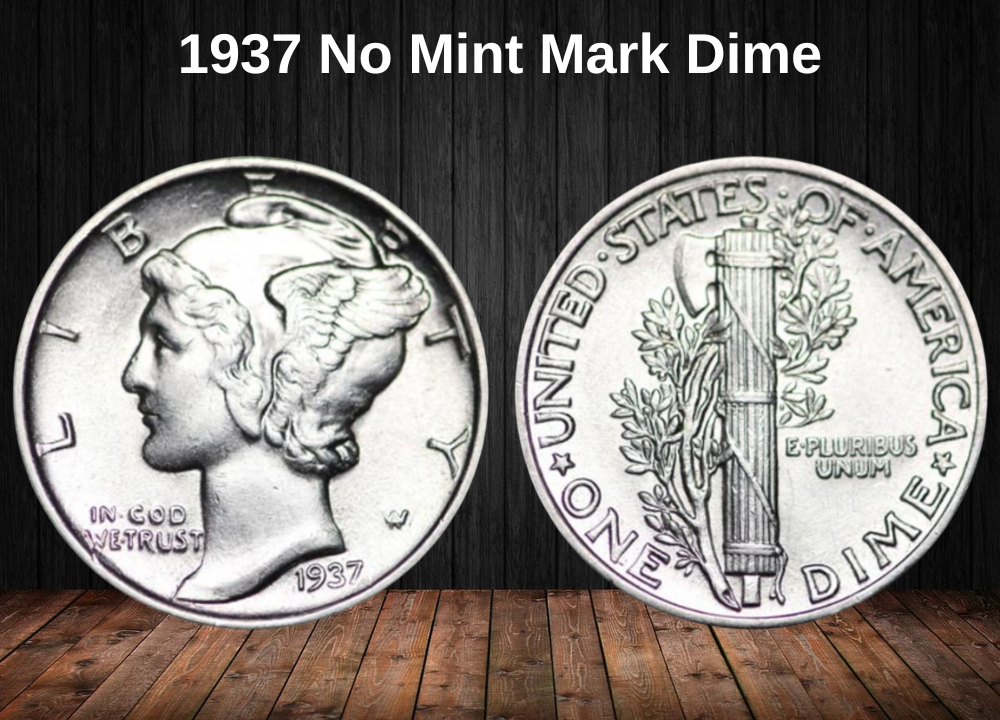
If your dime from 1937 does not have a mint mark, it was struck at the Philadelphia Mint. Unlike Denver (D) and San Francisco (S) coins, Philadelphia dimes were produced without a mint mark.
In 1937, Philadelphia struck a massive 56,865,756 dimes, which accounted for nearly 80% of all Mercury dimes minted that year. Because of this large mintage, Philadelphia coins are the most common and easiest to find.
At lower grades, values are similar across all mints. However, differences emerge at higher grades. For instance:
- A VG8 dime is worth about $4.
- In MS65, a Philadelphia dime is worth around $53.
- By comparison, an MS65 San Francisco coin is worth $115, and a Denver coin is valued at $55.
Despite being more common, rare high-grade Philadelphia dimes can achieve strong auction results. In 2020, an MS64 no mint mark dime sold for $1,800 at a Heritage Auction.
1937 D Dime Value
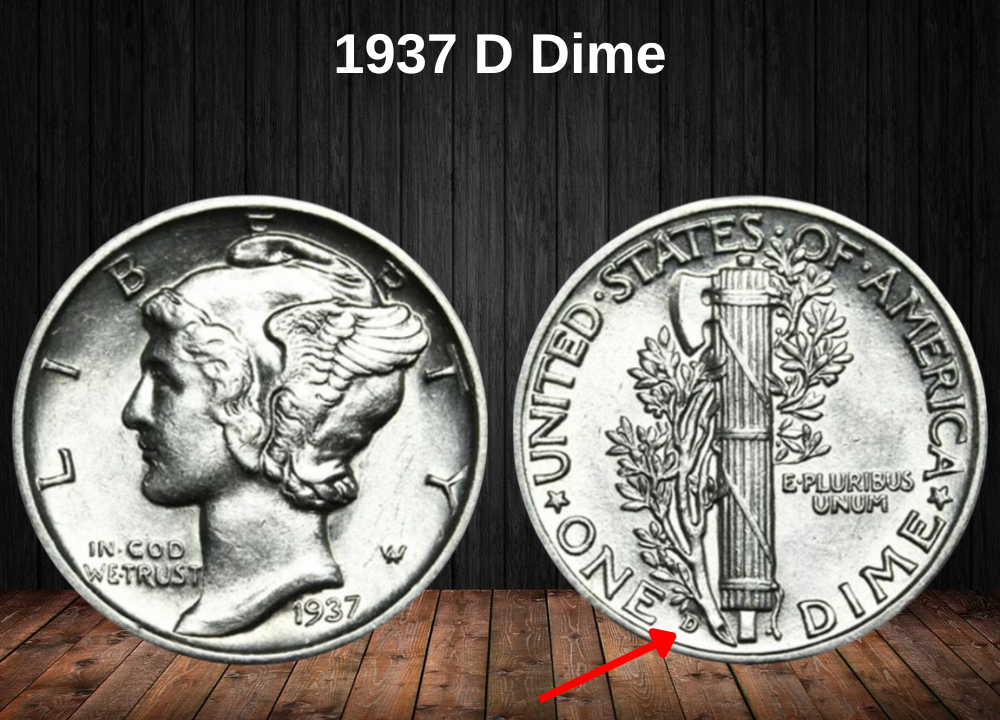
The Denver Mint struck 14,146,000 dimes in 1937. While fewer than Philadelphia’s production, Denver coins are still relatively available to collectors.
You can identify a Denver coin by looking for a “D” mint mark on the reverse, located to the left of the fasces (the bundle of rods with an axe).
Denver dimes tend to command slightly higher prices than Philadelphia issues, especially in higher grades:
- An MS65 1937-D dime is valued at about $55.
- The auction record, however, is $1,725, achieved in 2007 for a coin graded MS68 by Heritage Auctions.
1937 S Dime Value
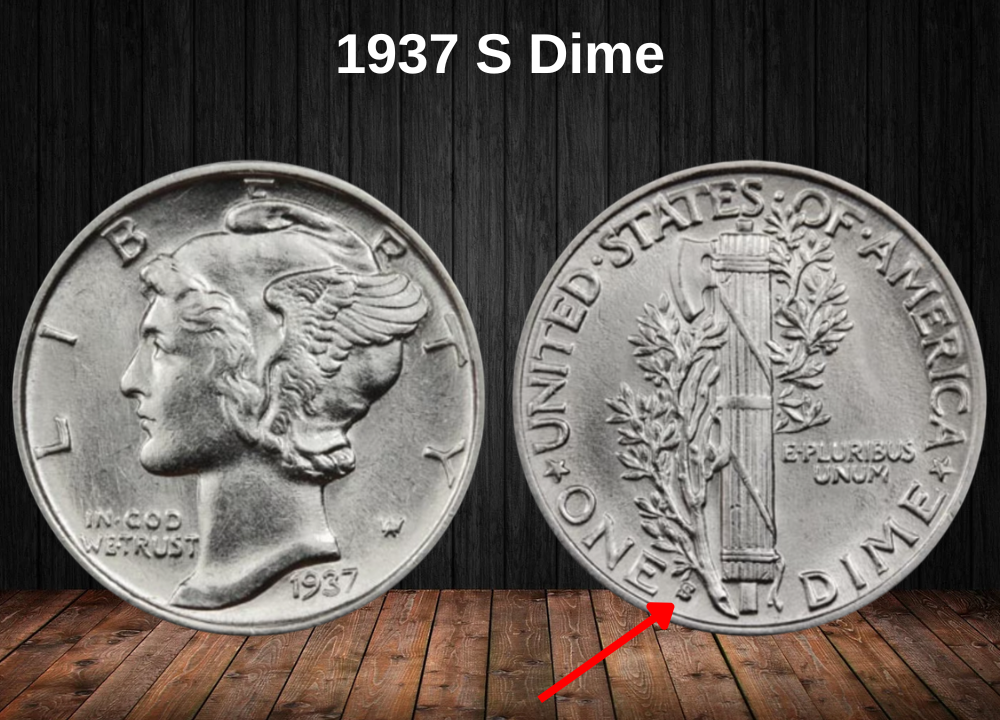
The San Francisco Mint had the lowest mintage of 1937, producing only 9,740,000 dimes. Because of this lower output, 1937-S dimes are somewhat scarcer than their Philadelphia and Denver counterparts.
At lower grades, values are similar to Philadelphia dimes. However, in higher grades, San Francisco coins gain more collector interest:
- An MS65 1937-S dime is valued at about $115.
- This makes them more valuable than both the Philadelphia and Denver issues at the same grade.
Interestingly, San Francisco dimes hold the highest auction record among the 1937 series. In 2019, a 1937-S dime graded MS67+ sold for $2,280 at a Stack’s Bowers auction.
Rare 1937 Dime Error List
Although the 1937 Mercury Dime was struck in large numbers, some error coins have surfaced that make certain pieces far more valuable than their face value. These rare errors are highly collectible and can sell for hundreds or even thousands of dollars depending on condition and visibility.
1937 Doubled Die Error
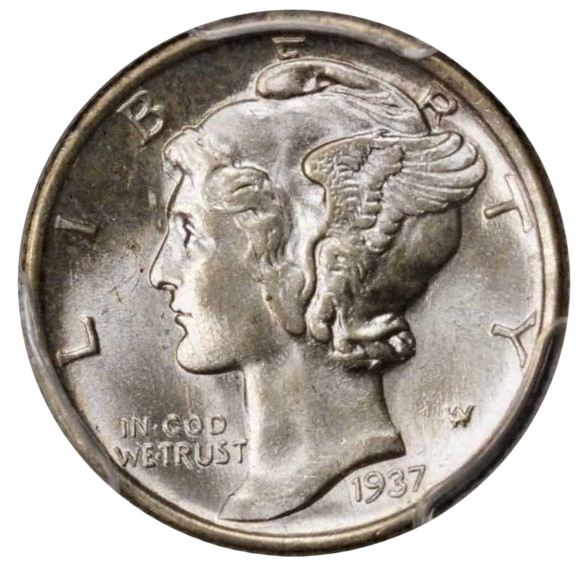
One of the most notable 1937 dime errors is the doubled die, which appears in two main varieties:
- On the designer’s initials “AW”: located on the reverse below the olive branch. Collectors must use magnification to see the doubling clearly.
- On the date (1937): the numbers may appear doubled or distorted.
Both varieties are scarce and can bring significant premiums at auction, especially in higher grades.
Repunched Mintmark (RPM)
In 1937, mint marks were still punched into dies by hand. Sometimes the initial punch was misaligned, requiring another attempt. This created repunched mintmarks (RPMs), where a secondary D or S overlaps the original.
Collectors can identify these by looking closely at the mint mark’s edges for doubling or shadowing. Well-defined RPM examples are sought after and worth more than regular strikes.
Missing Bands
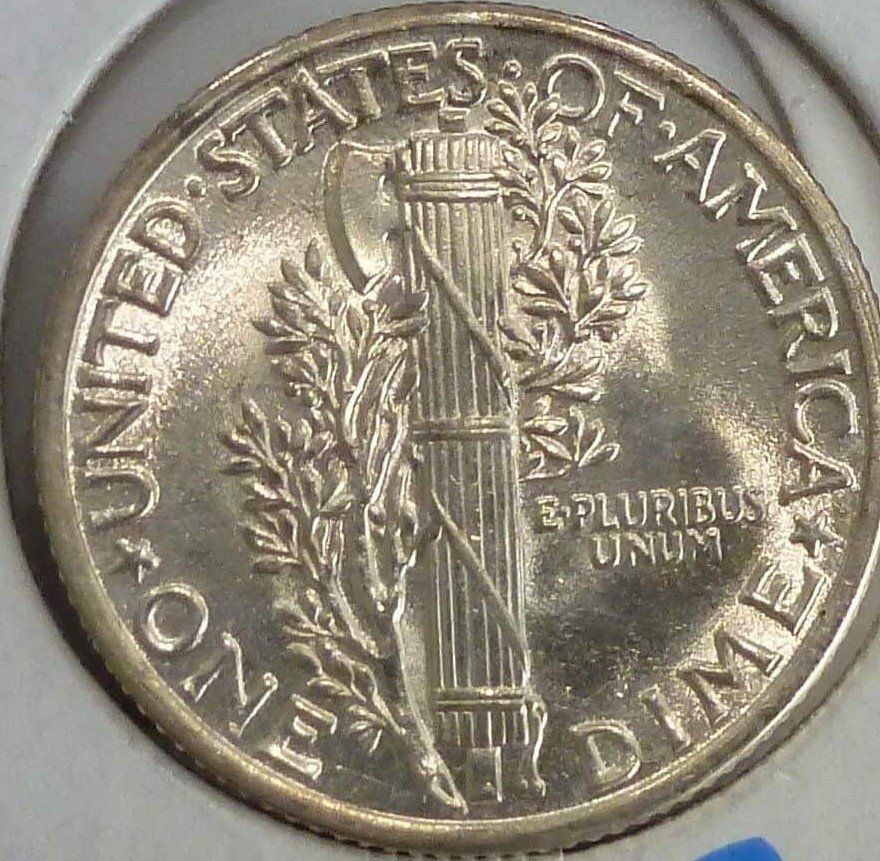
On the reverse, three horizontal bands tie together the fasces rods. A fully detailed strike shows all three bands clearly separated. However, some 1937 dimes are found with one or more bands missing or weakly struck.
- Coins with Full Bands (FB) are especially valuable.
- Weak or missing bands reduce detail but make the coin a collectible mint error.
Off-Center Strike
If a blank planchet was not properly centered during striking, the result is an off-center dime. The design appears shifted, sometimes leaving blank areas.
- Slight off-centers may be less desirable.
- Strikes that are 40–50% off-center with a full date visible are among the rarest and most valuable.
Clipped Planchet
A clipped planchet error occurs when part of the blank metal disk was missing before striking. This leaves a curved or straight “bite” out of the coin.
- Small clips may add minor premiums.
- Large, dramatic clips in high-grade coins can be very valuable to error specialists.
Why Errors Add Value
Error coins from 1937 are unusual because the majority of Mercury dimes were struck cleanly. Subtle variations—like doubling, RPMs, or missing design details—are much harder to find, making them attractive to collectors.
Values depend heavily on condition, rarity, and demand. A certified error dime in Mint State can bring several hundred dollars, while more dramatic examples (like major off-centers) can surpass $1,000.
Where to Sell Your Dime Coin?
Now that you know the value of your dime, the next step is deciding where to sell it. There are several trusted options—both online and in person—that can help you get the best price depending on your coin’s rarity and condition.
To see the full list of recommended places, along with their advantages and disadvantages, check our complete guide on where to sell your dime coins.
FAQ about the 1937 Mercury Dime Value
What makes the 1937 Mercury Dime valuable to collectors?
The 1937 dime’s value depends largely on its mint mark, condition, and strike quality. While millions were minted, coins in high grades with Full Bands or rare minting errors (like doubled dies or repunched mint marks) are highly sought after. Historical context also adds value, as these dimes were struck during the Great Depression era, making well-preserved specimens harder to find.
Where is the mint mark on a 1937 Mercury Dime?
The mint mark is found on the reverse, to the left of the fasces (the bundle of rods).
- No mint mark = Philadelphia
- “D” = Denver
- “S” = San Francisco
Knowing the mint location is crucial since 1937-S dimes in higher grades can sell for twice or more compared to Philadelphia strikes.
How much is a 1937 Mercury Dime worth today?
Values vary by grade and mint:
- Circulated condition (VG8–F15): $4–$10
- Uncirculated (MS60): around $12–$30
- High Mint State (MS65): $53 for no mint mark, $55 for Denver, and $115 for San Francisco.
Special specimens with Full Bands or errors can sell for hundreds or even thousands at auction.
Why are Full Bands (FB) important on a 1937 dime?
Full Bands refer to the three horizontal bands on the fasces being completely separated and well-defined. This indicates a sharp strike and increases rarity since many dimes were weakly struck. Collectors pay significant premiums for FB coins, with values sometimes multiplying by 5–10x compared to regular strikes.
What are the rare errors found on the 1937 Mercury Dime?
The most recognized errors include:
- Doubled Die: doubling on the date or designer’s initials.
- Repunched Mintmark (RPM): secondary D or S visible.
- Missing Bands: weak or absent strike details on the fasces.
- Off-Center Strike: design shifted due to misalignment.
- Clipped Planchet: missing metal from the coin edge.
These errors dramatically increase value, with some examples selling for over $1,000.
What are the auction records for the 1937 Mercury Dime?
Some notable sales include:
- 1937 No Mint Mark (Philadelphia): $1,800 for an MS64 (Heritage Auctions, 2020).
- 1937-D (Denver): $1,725 for an MS68 (Heritage Auctions, 2007).
- 1937-S (San Francisco): $2,280 for an MS67+ (Stack’s Bowers, 2019).
These records highlight how rarity in condition and strike can far exceed average values.
How can I tell if my 1937 dime is worth grading?
If your dime shows minimal wear, strong details, or potential errors, it’s worth professional grading by agencies like PCGS or NGC. Grading not only authenticates the coin but also significantly increases resale value. A raw dime might sell for $50, while the same coin graded MS65 Full Bands could fetch hundreds of dollars.

